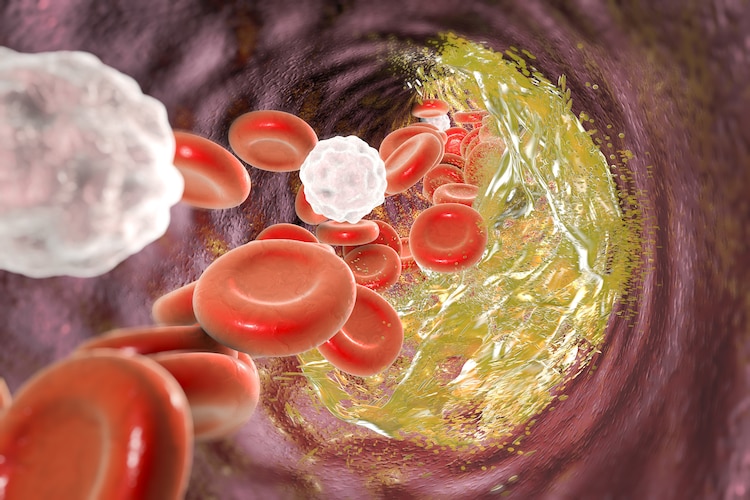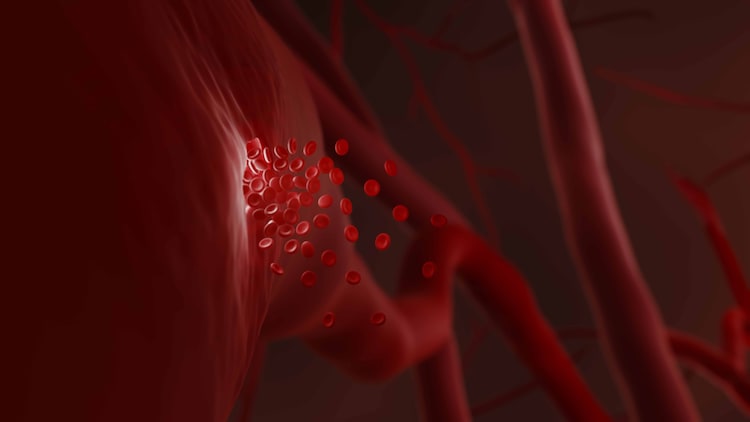Dyslipidemia, known as ‘dyslipidemia’ “silent killer” Since it has no symptoms, it is a major indicator of cardiovascular diseases such as heart attack, stroke, and peripheral artery disease.
How to know your lipid profile?
Total cholesterol (lipid profile) is measured through a blood test. A healthcare provider takes a small sample of blood, usually from a vein in your arm.
The sample is then analyzed in a laboratory to determine the total cholesterol level, which includes a portion of low-density lipoprotein (LDL), high-density lipoprotein (HDL), and triglycerides.
According to guidelines, the minimum cholesterol level should be less than 100 mg/DL (milligrams of sugar per deciliter).
Although high cholesterol levels are prevalent across the country, a larger proportion of it is seen in urban areas.
Doctors across the country have released the lipid guidelines in view of the rising prevalence of cardiovascular diseases (CVD) and India having the highest number of premature deaths due to CVD in the world.
“We needed a set of guidelines for Indians as we are more susceptible to various diseases due to various factors including environmental, genetic and especially lifestyle. These guidelines have been prepared by CSI for Indians to help us understand how important lipid profile is in terms of heart health,” Dr JPS Sahni, Chairman, Department of Cardiology, Sir Ganga Ram Hospital and Chairman of Lipid Guidelines, said.
According to the study conducted by CSI, low levels of HDL-cholesterol (good cholesterol) were observed in people living in almost all states of India except Rajasthan, Gujarat, Telangana and Manipur.
While high LDL-cholesterol (bad cholesterol) was highest in the Northern region, Kerala and Goa.
Guidelines for controlling cholesterol in India
The new guidelines recommend non-fasting lipid measurements, rather than traditional fasting measurements, for risk assessment and treatment.
Doctors said dietary choices with high sugar and carbohydrate levels compared to moderate fat intake are major contributors to blockages.
“High LDL-cholesterol and HDL-cholesterol can be controlled with a combination of statins and oral non-statin drugs. If this does not help, injectable lipid-lowering drugs such as PCSK9 inhibitors or inclisiran are recommended,” Dr S Ramakrishnan, professor of cardiology at AIIMS, said.
According to the guidelines, a person is at high risk for heart disease if he or she has had recurrent vascular problems (such as peripheral artery disease and atherosclerosis) within 2 years.
Having diabetes for more than 20 years and genetic predisposition are high risk factors for high levels of bad cholesterol in the body.
Experts said that since genetic dyslipidemia (carriers of the FH gene) affects more than 5 million people in India, the focus should be on managing non-HDL cholesterol (the sum of bad cholesterol present in LDL and triglycerides).
“If we can detect FH carriers and treat them early, we can prevent premature heart disease in society.
Elevated lipoprotein (a) levels, which affect 25% of India’s population, should be less than 50mg/DL (milligrams of sugar per deciliter). However, there is no specific treatment for it.
Individuals with high triglycerides (more than 150 mg/dL), non-HDL-cholesterol should immediately make lifestyle changes and seek specific treatment.
According to doctors, the first lipid profile test should be done at the age of 18.
Since it is a silent killer, high-risk individuals should keep their lipid profile below 70 mg/dl LDL-cholesterol (bad cholesterol).








